Open Source AI Tools: Empowering Developers and Companies in September 2023
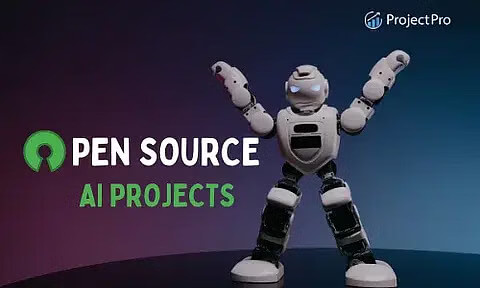
As the field of artificial intelligence (AI) continues to advance at a rapid pace, open-source AI tools have become invaluable resources for developers and companies. These tools, available for free, not only accelerate the development process but also provide the flexibility to customize and modify them according to specific needs. In this article, we will explore ten open-source AI tools that are making waves in September 2023, revolutionizing the way intelligent applications are built and enhancing productivity.
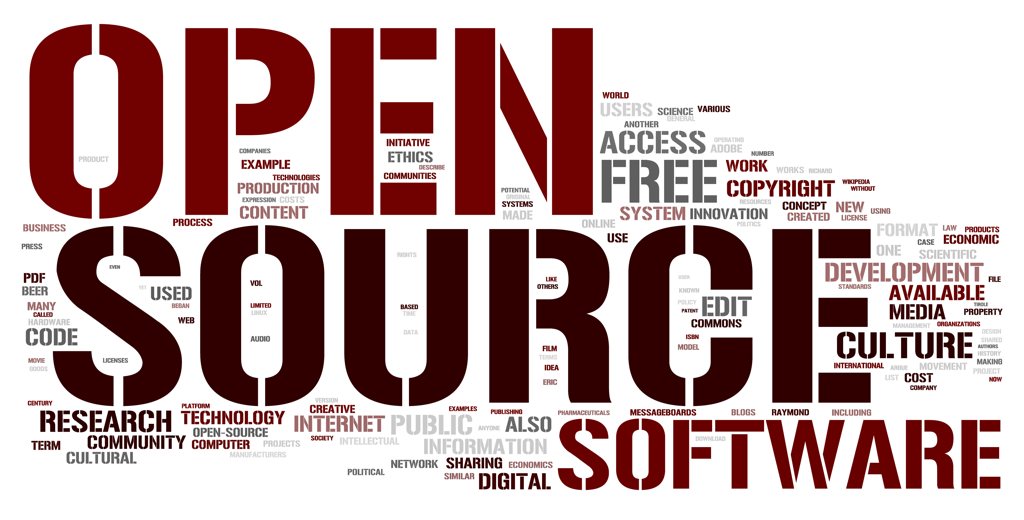
1. TensorFlow: Powering Neural Networks and Deep Learning Models
TensorFlow stands tall as one of the most popular open-source AI platforms for building neural networks and deep learning models. Developed by Google, TensorFlow offers a comprehensive ecosystem of tools, libraries, and resources that simplify the process of designing, training, and deploying AI models. Its flexibility and scalability make it suitable for both research and production environments, enabling developers to tackle complex tasks with ease.
2. PyTorch: A Versatile Deep Learning Framework
Another heavyweight in the open-source AI tools landscape is PyTorch. Known for its simplicity and ease of use, PyTorch has gained a significant following among researchers and developers alike. With its dynamic computational graph and extensive support for GPU acceleration, PyTorch empowers users to create and train complex deep learning models more efficiently. Its intuitive interface and excellent community support make it an ideal choice for beginners and experts alike.
3. Keras: Simplifying Neural Network Development
Keras, a high-level neural networks API, is renowned for its user-friendly interface and intuitive design. Built on top of TensorFlow, Keras provides a streamlined approach to developing neural networks, abstracting away the complexities of low-level operations. Its modular architecture allows for rapid prototyping and easy experimentation, making it a favorite among developers looking to iterate quickly on their AI models.
4. OpenAI: Pioneering AI Research and Development
OpenAI, a leading research organization, has been at the forefront of AI technology development, making significant contributions to the open-source community. OpenAI’s mission is to ensure that artificial general intelligence (AGI) benefits all of humanity. By providing access to state-of-the-art AI models and tools, OpenAI empowers developers and researchers to push the boundaries of what AI can accomplish. Through initiatives like GPT-3 and Codex, OpenAI has revolutionized natural language processing and code generation, respectively.
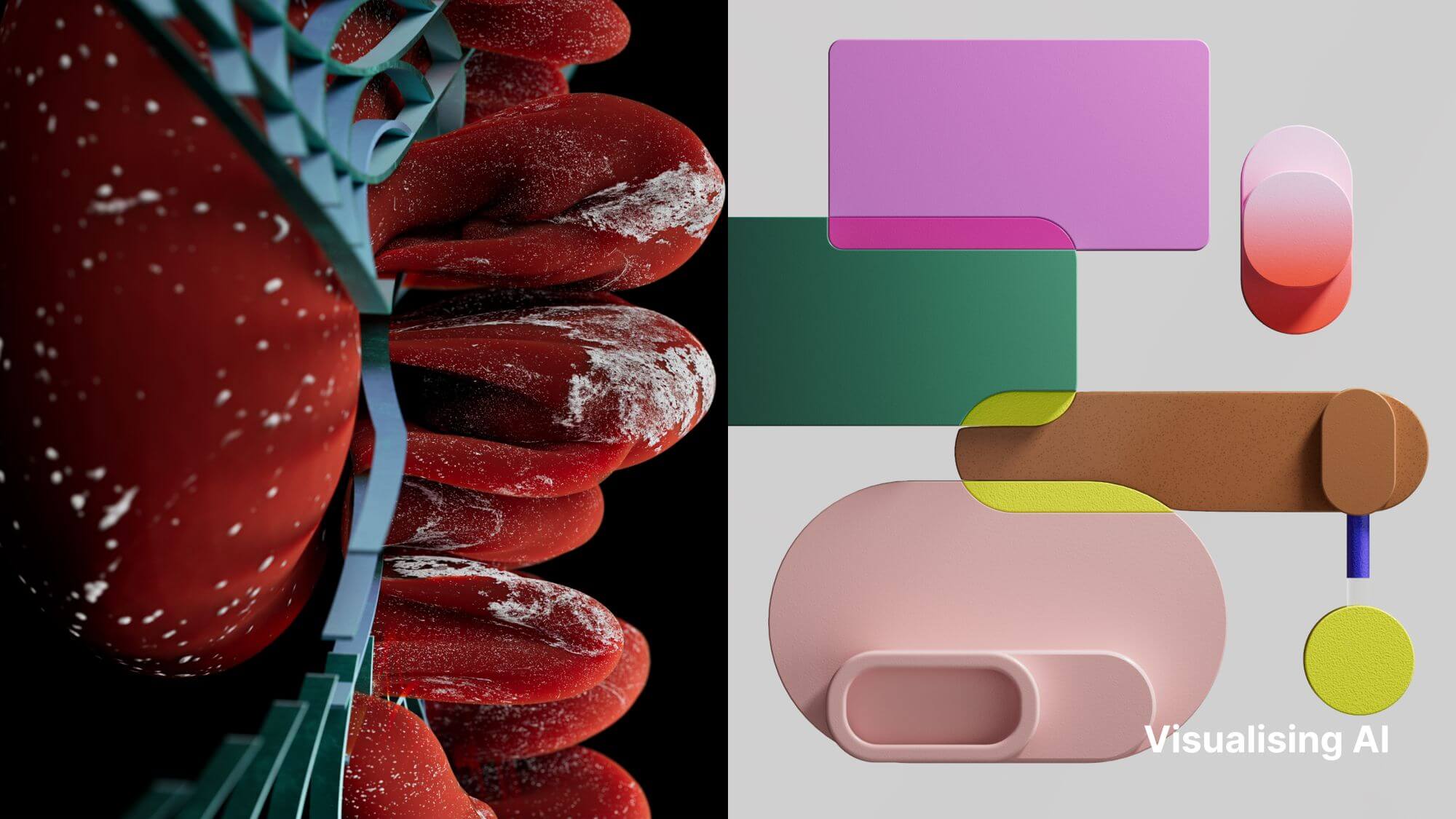
5. OpenCV: Unleashing the Power of Computer Vision
Computer vision is a crucial component of many AI applications, and OpenCV plays a pivotal role in this domain. OpenCV, an open-source computer vision library, provides a vast collection of algorithms and functions for image and video processing. With its extensive range of tools, developers can perform tasks such as image filtering, feature detection, object recognition, and even augmented reality. OpenCV’s versatility and cross-platform compatibility make it a staple for computer vision enthusiasts.
6. H20.ai: A Platform for Machine Learning Models
H20.ai offers a comprehensive platform for building machine learning models. With its intuitive interface and powerful algorithms, H20.ai simplifies the process of data exploration, feature engineering, and model training. The platform’s autoML capabilities enable users to automate the machine learning pipeline, saving time and effort. H20.ai’s seamless integration with popular programming languages like Python and R makes it accessible to a wide range of users.
7. Rasa: Building Conversational AI Applications
Conversational AI has gained significant traction in recent years, and Rasa has emerged as a go-to tool for building chatbots and virtual assistants. Rasa allows developers to create intelligent, context-aware conversational agents that can understand, respond to, and learn from user interactions. Its natural language understanding capabilities, combined with machine learning techniques, make it a powerful tool for crafting engaging conversational experiences.
8. Amazon Web Services (AWS): A Complete AI Solution
Amazon Web Services (AWS) provides a comprehensive suite of AI services, offering developers and companies a one-stop solution for their AI needs. With AWS, users can leverage powerful machine learning services, natural language processing capabilities, and computer vision tools. Services like Amazon SageMaker simplify the process of building, training, and deploying machine learning models at scale. AWS’s robust infrastructure and extensive documentation make it a top choice for organizations seeking a reliable AI solution.
9. Caffe: Deep Learning Framework for Computer Vision Tasks
Caffe, a deep learning framework, specializes in computer vision tasks such as image classification, segmentation, and object detection. Built with speed and efficiency in mind, Caffe allows developers to leverage pre-trained models and easily fine-tune them for specific use cases. Its expressive architecture and support for industry-standard deep neural network models make it an indispensable tool for computer vision practitioners.
10. Tesseract: Unlocking the Power of Text Recognition
Tesseract, an OCR (Optical Character Recognition) engine, offers robust text recognition capabilities. Whether it’s extracting text from images or scanning printed documents, Tesseract excels at converting visual content into editable and searchable text. Its versatility and accuracy make it a valuable tool for a wide range of applications, including document digitization, text analysis, and automated data entry.
These ten open-source AI tools are just a glimpse into the vast ecosystem of resources available to developers and companies in September 2023. With their power to simplify complex tasks, enhance productivity, and foster innovation, these tools have revolutionized the AI landscape. Whether you’re a seasoned developer or an aspiring AI enthusiast, exploring these open-source tools can unlock a world of possibilities, propelling you towards building intelligent applications that shape the future.

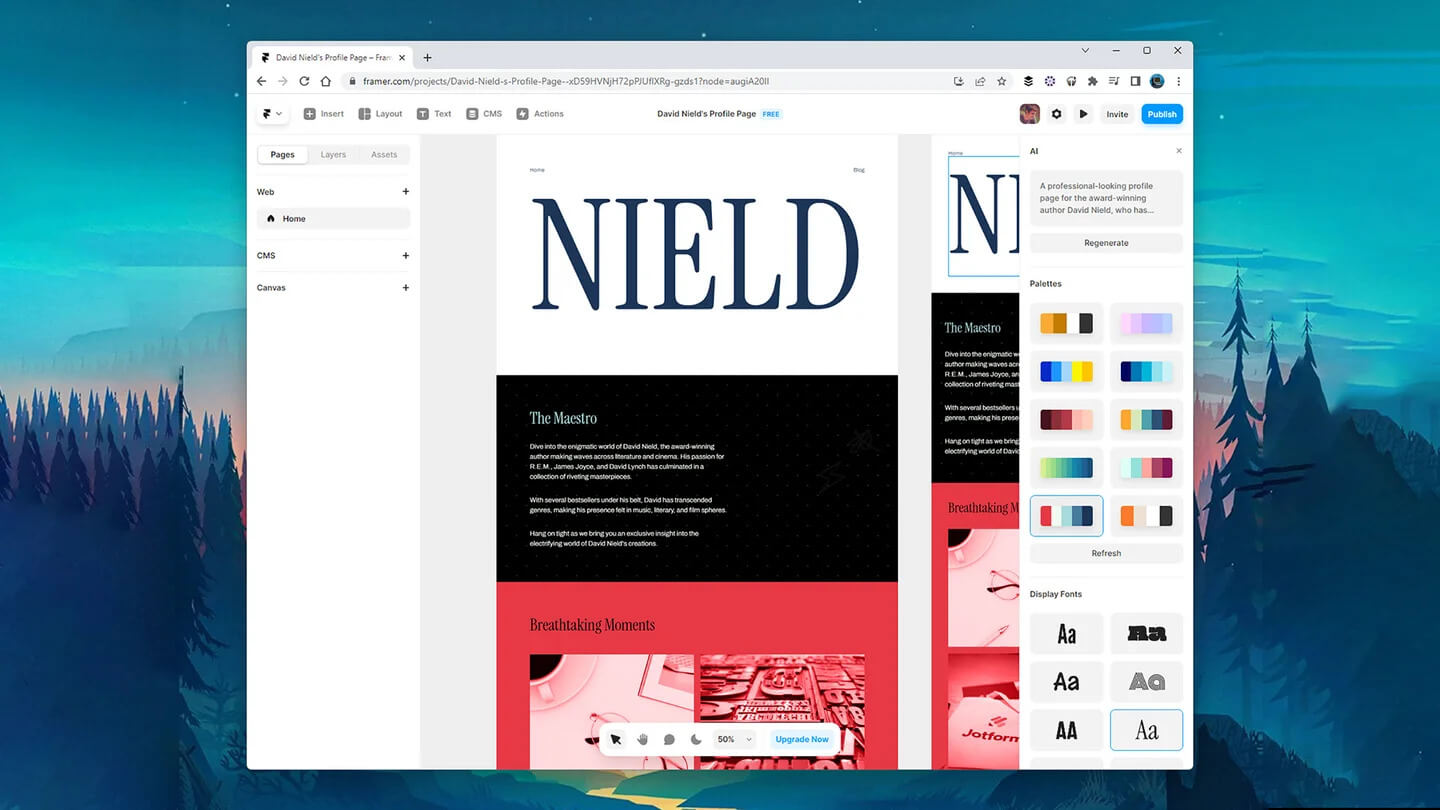

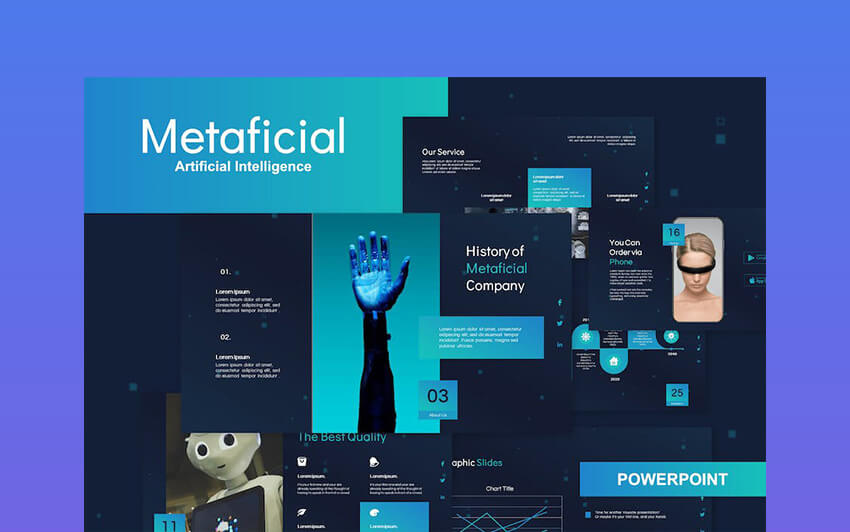
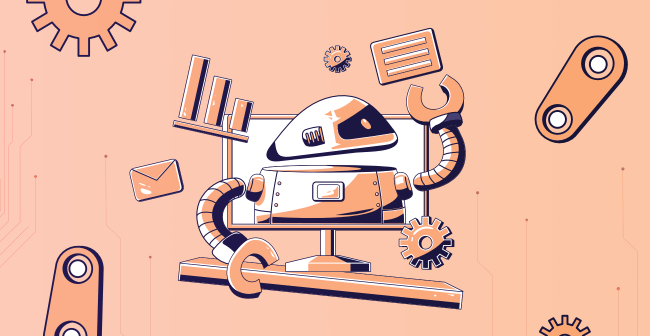

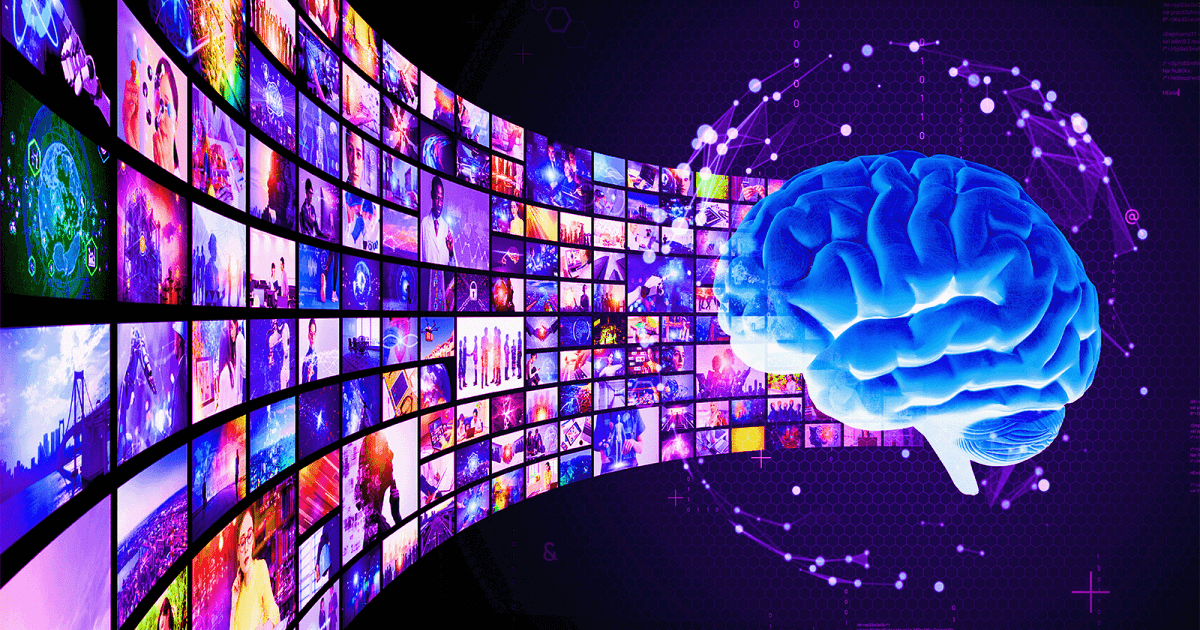
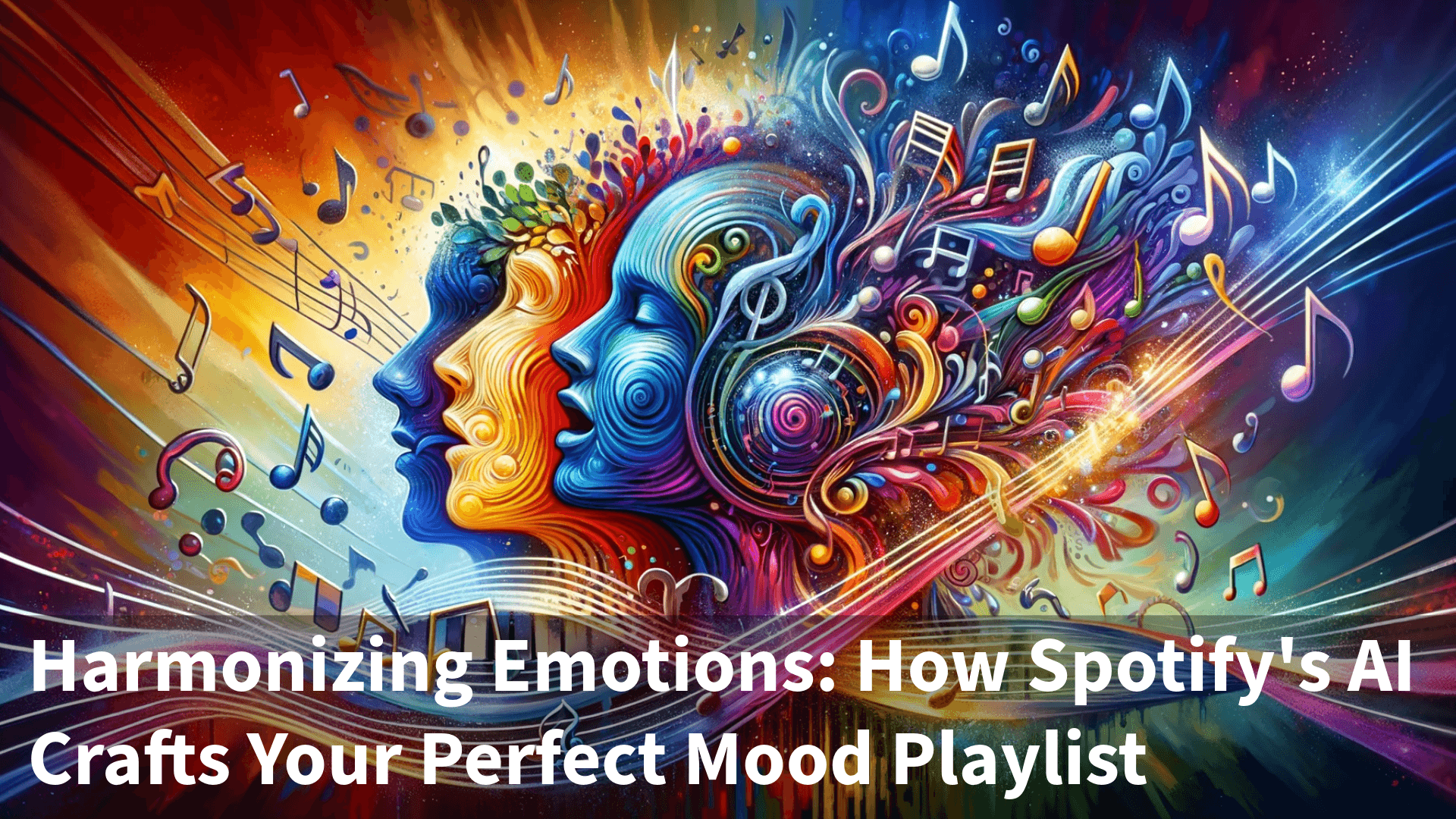
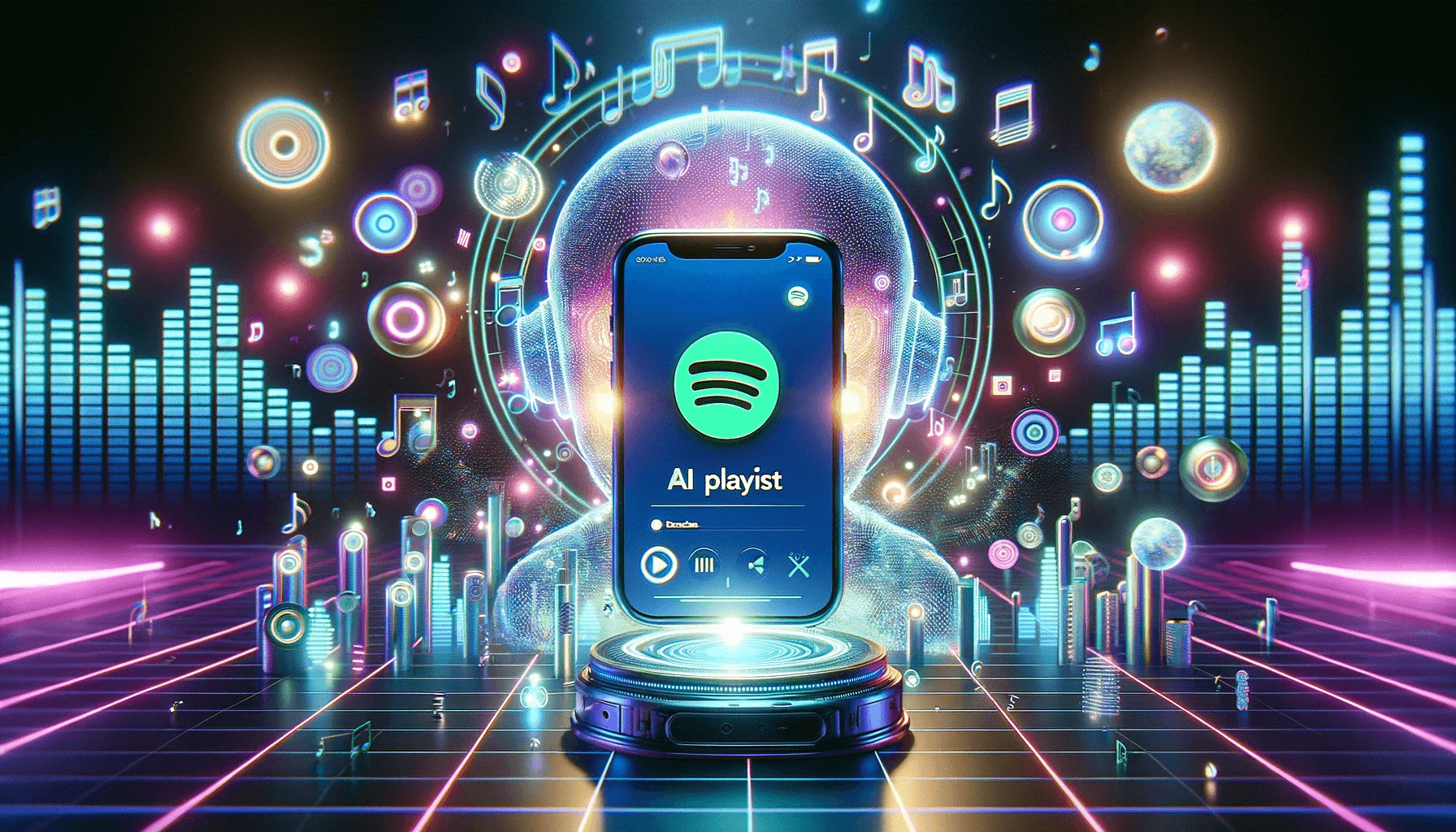


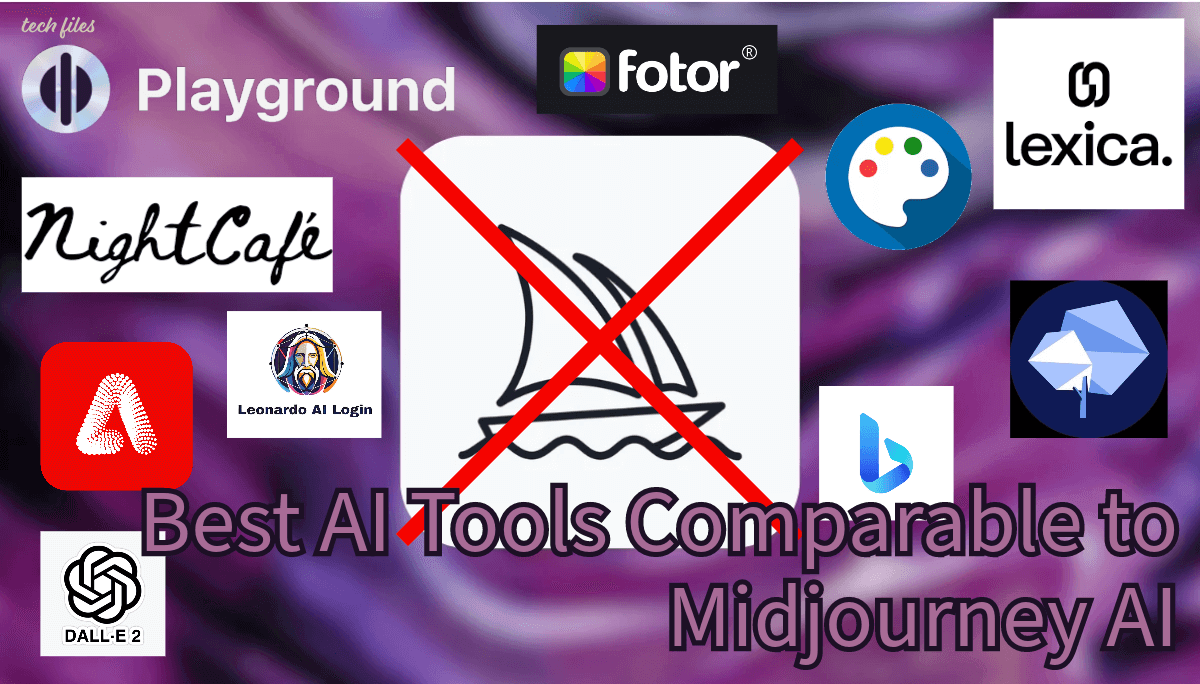
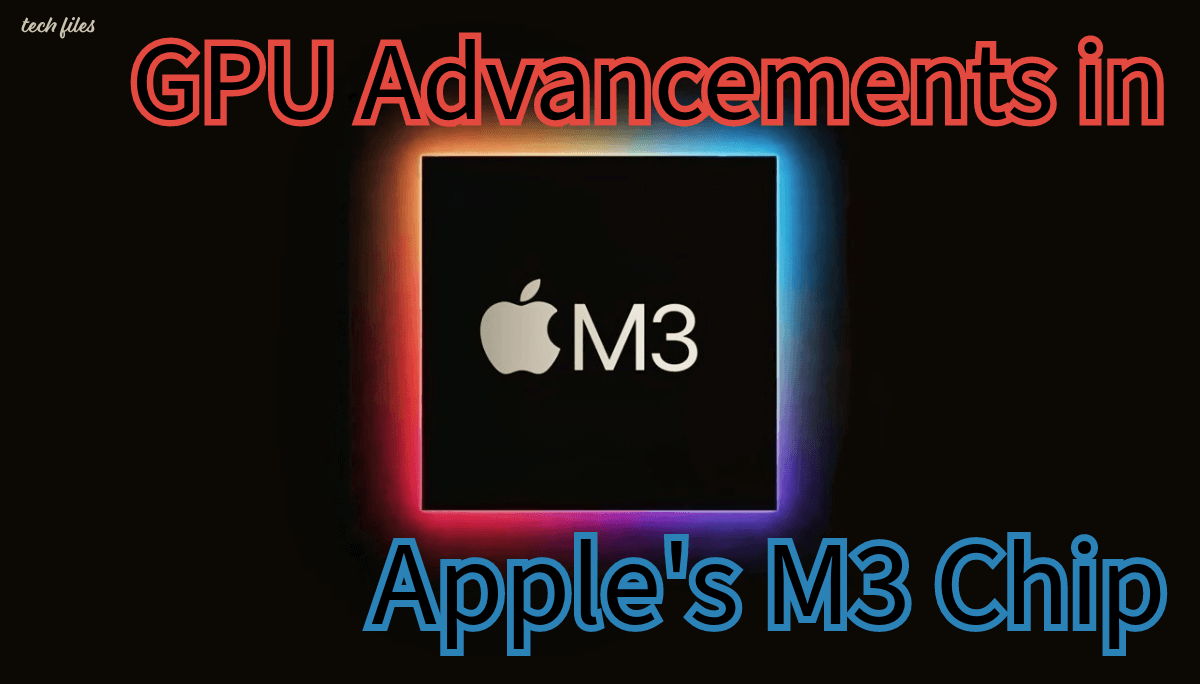
Sharing is caring!